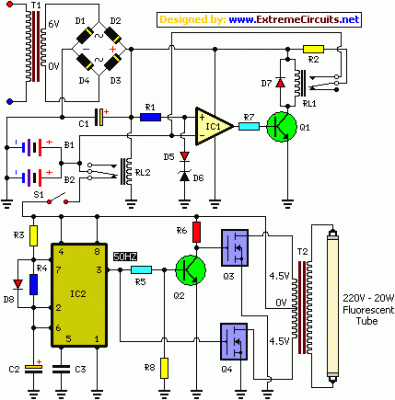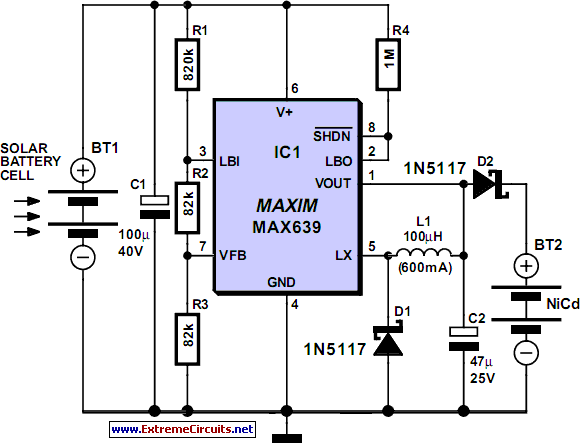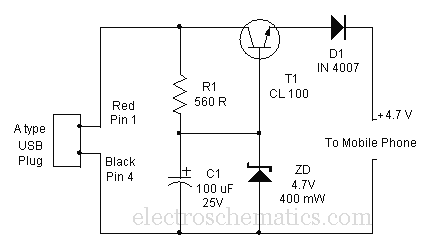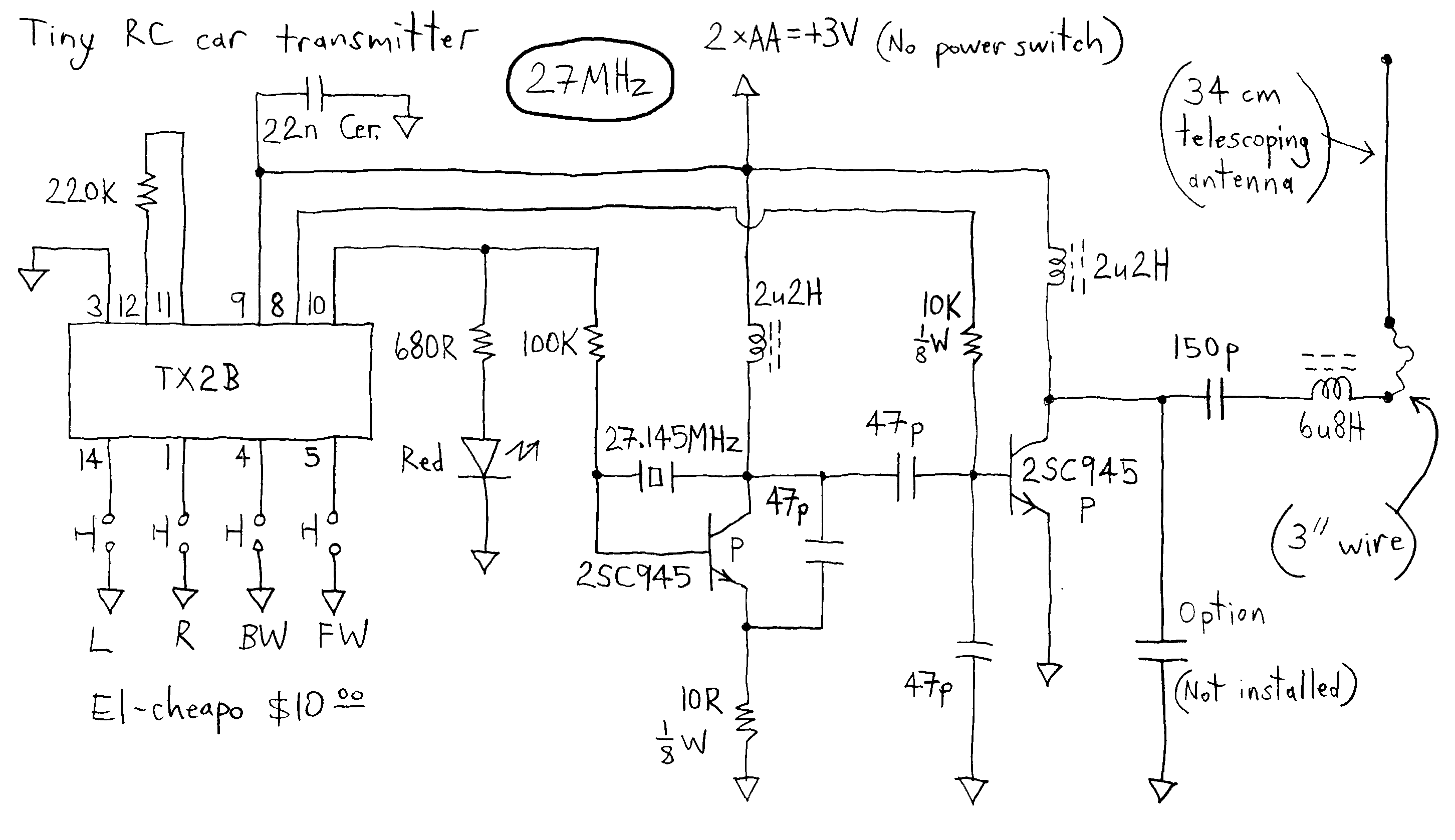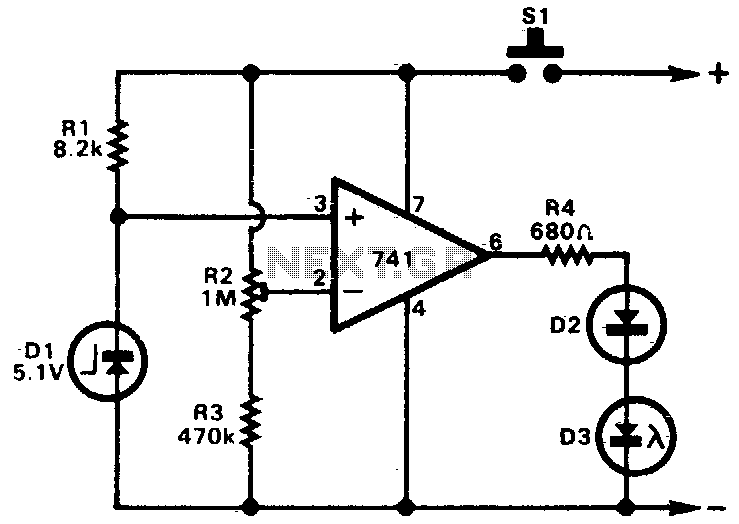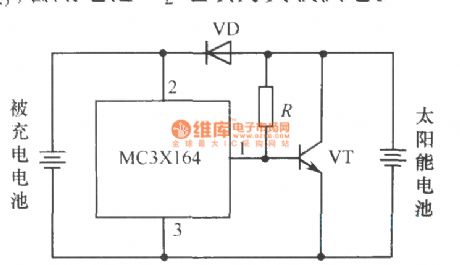
Grid Powered Battery Charger
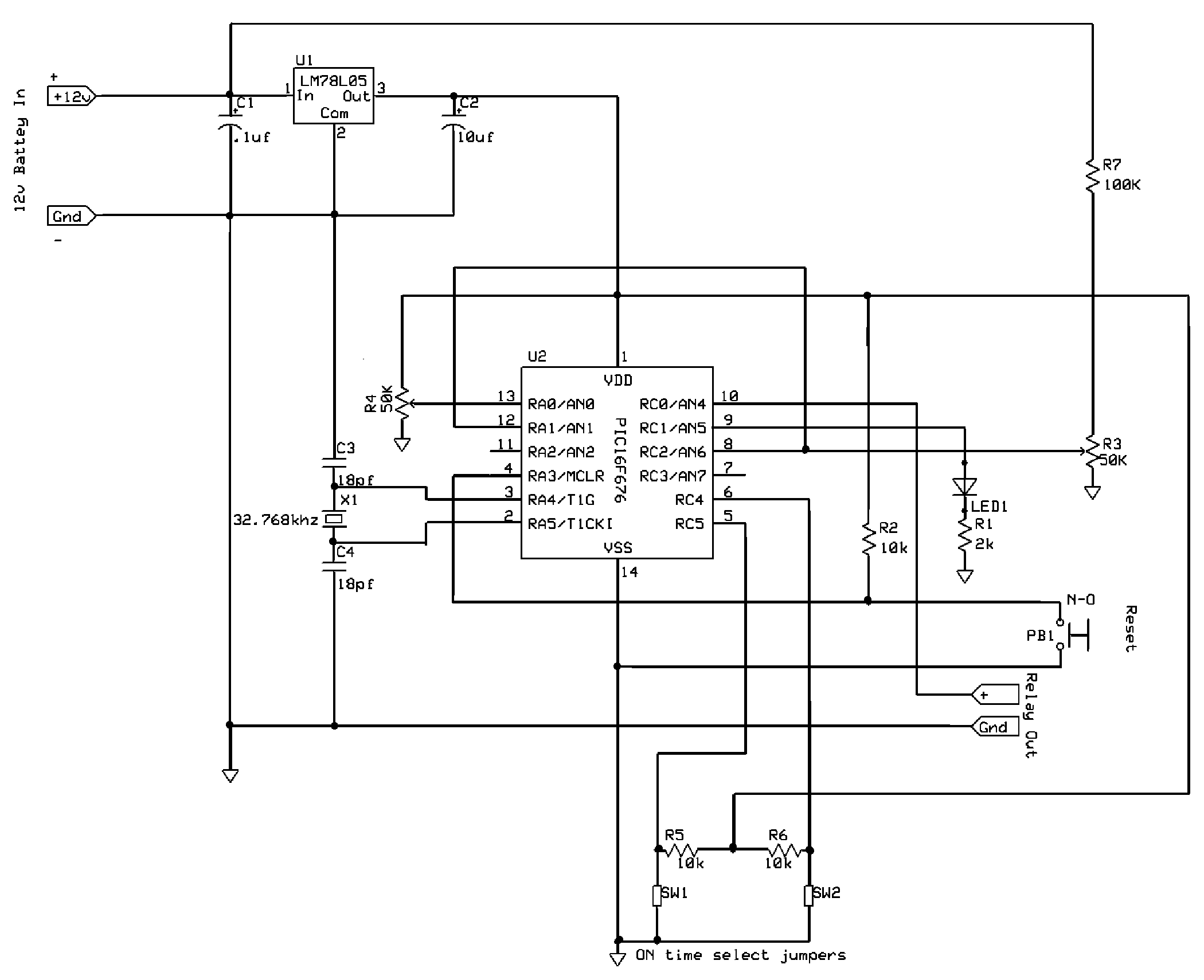
This circuit allows appliances to remain connected to an inverter. While it does not influence weather conditions, it ensures that batteries are safely charged even during periods of generation shortfall. This device is referred to as the Grid Charger Voltage Switch. The circuit employs a PIC microcontroller to monitor battery voltage and control a solid-state relay, activating it for a specified duration when the battery voltage drops below an adjustable low voltage threshold and deactivating it when the voltage exceeds an adjustable high voltage threshold. This circuit is particularly beneficial in alternative energy applications, such as wind or solar systems, which may experience extended periods without power generation. The switch operates in conjunction with the charge controller, allowing batteries to be charged using wind or solar energy as usual. However, if the batteries become depleted due to a lack of wind or solar input, this device will automatically engage a grid-powered battery charger to prevent chronic undercharging. It enables the operation of continuous loads even during periods without sunlight or wind. This switch effectively creates a reverse grid-tie configuration, where the alternative energy system is connected to the grid. Instead of exporting excess power, this setup utilizes grid power when necessary to meet electrical demand and maintain battery charge during unfavorable energy production conditions. Unlike a true grid-tie system, this configuration does not reverse the electric meter but eliminates the need for costly equipment, ensuring that electric power remains available even if the public utility grid is down. The circuit can be constructed on a breadboard, PIC prototype board, or printed circuit board. The PIC 16F676 chip must be programmed with the software provided via a link on the subsequent page. For those purchasing a circuit board or kit, detailed assembly instructions will be available in the assembly guide linked on the left. The parts list includes all necessary components, and the battery charger should be appropriately sized according to the capacity of the battery bank. Additionally, the solid-state relay must be rated to handle the current draw of the selected charger, with a minimum control voltage of 3V DC. The relay should be connected in series with the hot leg of a 120V AC line, ensuring that when the relay is activated, a connection is established between a 120V wall outlet and the battery charger. Wires must be connected between the battery inputs on the board and the positive and negative terminals of the battery bank.
The Grid Charger Voltage Switch circuit integrates several key components to achieve its functionality. The PIC microcontroller serves as the brain of the operation, continuously monitoring the battery voltage through its analog-to-digital converter (ADC) capabilities. The adjustable low and high voltage set points can be configured via potentiometers connected to the microcontroller's input pins, allowing for flexibility based on the specific battery chemistry and system requirements.
The solid-state relay (SSR) is a critical component, chosen for its ability to handle high currents without the wear and tear associated with mechanical relays. It is essential to select an SSR with a current rating that exceeds the maximum expected load of the battery charger to ensure reliable operation. The control circuit for the SSR is straightforward, relying on a GPIO pin from the PIC microcontroller to switch the SSR on or off based on the monitored battery voltage.
The circuit design must also consider safety features, such as fuses or circuit breakers, to protect against overcurrent conditions. Additionally, proper heat dissipation strategies should be implemented for the SSR, especially if the charger operates at high currents for extended periods.
When constructing the circuit, careful attention should be paid to the layout on the breadboard or printed circuit board to minimize noise and interference, which can affect the microcontroller's performance. Proper decoupling capacitors should be placed near the power supply pins of the PIC microcontroller to ensure stable operation.
Finally, it is advisable to include LED indicators on the circuit to provide visual feedback on the status of the relay and battery voltage levels. This can aid in troubleshooting and ensure that the system operates as intended. By following these guidelines and considerations, the Grid Charger Voltage Switch can be effectively implemented to enhance the reliability and functionality of alternative energy systems.This circuit lets you keep the appliances plugged into your inverter. It won`t make the wind blow or the clouds go away, but it will keep your batteries safely charged even if you have a generation shortfall. I call it the Grid Charger Voltage Switch. The circuit utilizes a PIC microcontroller to monitor battery voltage and control a solid state relay, turning
it ON for a time period when battery voltage falls below an adjustable low voltage set point and OFF if it exceeds an adjustable high voltage set point. The circuit is extremely useful in alternative energy applications such as wind or solar, which experience long periods of calm or clouds when no power is generated to feed the battery array.
The switch works in tandem with your charge controller. You charge your batteries using your wind or solar generation capacity just like you always do, but if the batteries get low because your wind or solar stops, this device will automatically turn on a grid powered battery charger to protect the batteries from chronic undercharging. It will permit you to run continual loads even when the sun doesn`t shine or the wind doesn`t blow. I like to think of this switch as creating a sort of reverse grid-tie arrangement. The alternative energy system is connected to the grid, but instead of sending excess power out onto the grid, this arrangement uses grid power when it is needed to meet electric demand and keep the batteries charged when conditions are not good for energy production.
Unlike a true grid-tie, this system will not make your electric meter run backwards, but you don`t need the expensive equipment and your electric power will not stop when the public utility grid goes down. Build the circuit on a breadboard, PIC prototype board, or printed circuit board. You will also need to program the PIC 16F676 chip with the program downloaded from the link on the next page.
If you purchase a circuit board or kit on the last page, you will find more detailed assembly instructions in the assembly guide link at left. The parts list gives all necessary components. You will need to size the battery charger according to the size of your battery bank. Likewise, the solid state relay must be able to handle the current draw of the charger you select. Minimum control voltage of the relay is 3vdc. Connect the relay in series with the hot leg of a 120vac line such that when the relay is turned ON, a connection is made between a 120 volt wall outlet and your battery charger.
Connect wires between the battery inputs on the board and the battery bank`s positive and negative and negative terminals. 🔗 External reference
The Grid Charger Voltage Switch circuit integrates several key components to achieve its functionality. The PIC microcontroller serves as the brain of the operation, continuously monitoring the battery voltage through its analog-to-digital converter (ADC) capabilities. The adjustable low and high voltage set points can be configured via potentiometers connected to the microcontroller's input pins, allowing for flexibility based on the specific battery chemistry and system requirements.
The solid-state relay (SSR) is a critical component, chosen for its ability to handle high currents without the wear and tear associated with mechanical relays. It is essential to select an SSR with a current rating that exceeds the maximum expected load of the battery charger to ensure reliable operation. The control circuit for the SSR is straightforward, relying on a GPIO pin from the PIC microcontroller to switch the SSR on or off based on the monitored battery voltage.
The circuit design must also consider safety features, such as fuses or circuit breakers, to protect against overcurrent conditions. Additionally, proper heat dissipation strategies should be implemented for the SSR, especially if the charger operates at high currents for extended periods.
When constructing the circuit, careful attention should be paid to the layout on the breadboard or printed circuit board to minimize noise and interference, which can affect the microcontroller's performance. Proper decoupling capacitors should be placed near the power supply pins of the PIC microcontroller to ensure stable operation.
Finally, it is advisable to include LED indicators on the circuit to provide visual feedback on the status of the relay and battery voltage levels. This can aid in troubleshooting and ensure that the system operates as intended. By following these guidelines and considerations, the Grid Charger Voltage Switch can be effectively implemented to enhance the reliability and functionality of alternative energy systems.This circuit lets you keep the appliances plugged into your inverter. It won`t make the wind blow or the clouds go away, but it will keep your batteries safely charged even if you have a generation shortfall. I call it the Grid Charger Voltage Switch. The circuit utilizes a PIC microcontroller to monitor battery voltage and control a solid state relay, turning
it ON for a time period when battery voltage falls below an adjustable low voltage set point and OFF if it exceeds an adjustable high voltage set point. The circuit is extremely useful in alternative energy applications such as wind or solar, which experience long periods of calm or clouds when no power is generated to feed the battery array.
The switch works in tandem with your charge controller. You charge your batteries using your wind or solar generation capacity just like you always do, but if the batteries get low because your wind or solar stops, this device will automatically turn on a grid powered battery charger to protect the batteries from chronic undercharging. It will permit you to run continual loads even when the sun doesn`t shine or the wind doesn`t blow. I like to think of this switch as creating a sort of reverse grid-tie arrangement. The alternative energy system is connected to the grid, but instead of sending excess power out onto the grid, this arrangement uses grid power when it is needed to meet electric demand and keep the batteries charged when conditions are not good for energy production.
Unlike a true grid-tie, this system will not make your electric meter run backwards, but you don`t need the expensive equipment and your electric power will not stop when the public utility grid goes down. Build the circuit on a breadboard, PIC prototype board, or printed circuit board. You will also need to program the PIC 16F676 chip with the program downloaded from the link on the next page.
If you purchase a circuit board or kit on the last page, you will find more detailed assembly instructions in the assembly guide link at left. The parts list gives all necessary components. You will need to size the battery charger according to the size of your battery bank. Likewise, the solid state relay must be able to handle the current draw of the charger you select. Minimum control voltage of the relay is 3vdc. Connect the relay in series with the hot leg of a 120vac line such that when the relay is turned ON, a connection is made between a 120 volt wall outlet and your battery charger.
Connect wires between the battery inputs on the board and the battery bank`s positive and negative and negative terminals. 🔗 External reference
Warning: include(partials/cookie-banner.php): Failed to open stream: Permission denied in /var/www/html/nextgr/view-circuit.php on line 713
Warning: include(): Failed opening 'partials/cookie-banner.php' for inclusion (include_path='.:/usr/share/php') in /var/www/html/nextgr/view-circuit.php on line 713
